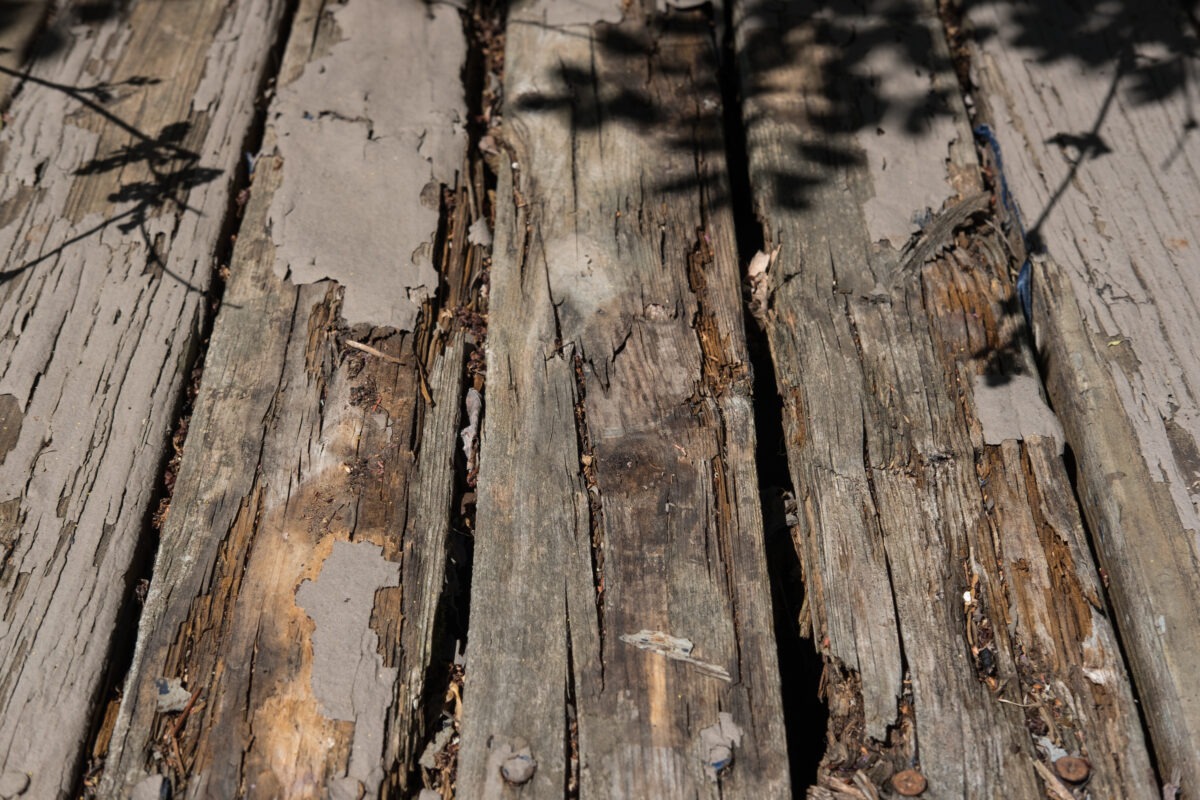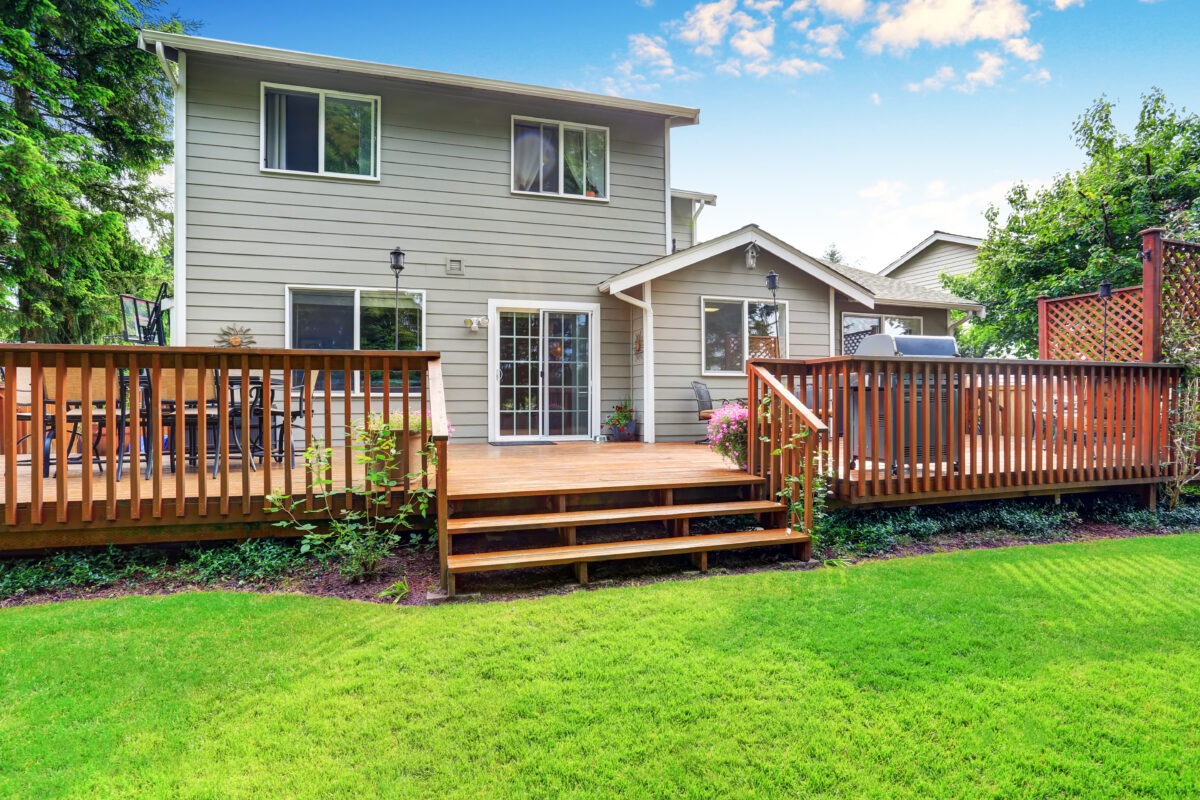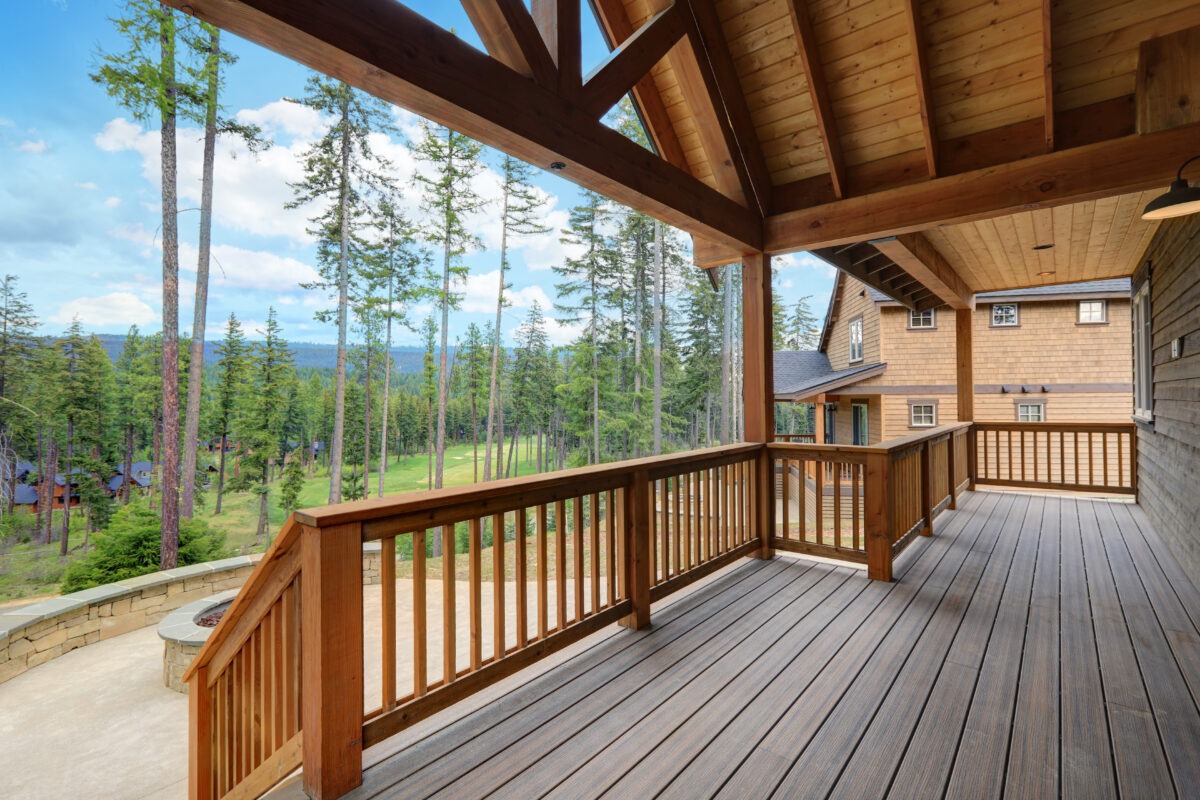How to Save Rotting Decking
Your deck is more than just an outdoor extension of your home; it’s a place where memories are made, from sunny afternoon barbecues to evening gatherings under the stars. However, the integrity of your deck can be compromised by rot. Knowing how to save rotting decking is essential for maintaining your deck’s safety, appearance, and longevity.
Signs of Rotting Deck Boards
The early signs of deck rot are not always immediately noticeable, but catching them early is key to saving rotting decking. Look out for:
- Discoloration: Dark spots or areas where the wood looks damp. This discoloration can often be mistaken for simple water stains or shadows, but upon closer inspection, you might notice that these areas retain moisture for longer periods than the rest of the deck, indicating a deeper issue.
- Softness: Areas that feel spongy or yield easily under pressure are a sure sign of rot. This softness is more than just a worn surface; it indicates that the wood fibers beneath the surface have begun to break down and decompose, compromising the structural integrity of your deck.
- Splintering Wood: As wood begins to decay, it may splinter easily, even without significant pressure. This splintering is not just a cosmetic issue but a sign that the wood’s natural resilience is fading. Splinters may appear more frequently and be larger than typical wear would produce, suggesting that the wood is losing its strength and density.
Understanding these signs and taking prompt action can prevent minor issues from escalating into costly repairs, ensuring that your deck remains a safe and enjoyable space for years to come.
Common Areas Where Rot Occurs
Rot typically finds its home in areas that trap moisture or are continuously damp. These include:
- Joists and Support Beams: The structural supports of your deck are crucial areas to check regularly.
- Deck Boards: Especially in shaded areas where sunlight does not fully reach to dry after rain.
- Near Fasteners and Connectors: Where water can seep in and get trapped, causing both wood and metal to deteriorate.
Identifying the Extent of the Damage
A thorough inspection will help you understand whether you’re looking at surface-level damage or a more extensive issue that compromises your deck’s structural integrity. Pay special attention to the areas mentioned above, using tools like a screwdriver to test for softness. If you’re uncertain about the extent of the damage, consulting a professional can give you a clearer picture and peace of mind.
How to Save Rotting Decking
For decks where the damage is not yet extensive, replacing rotting boards is a good first step. To do so will require you to:
- Remove the damaged boards carefully to avoid further damage to the surrounding area.
- Inspect and treat the underlying structure to ensure it hasn’t been compromised.
- Identify and remedy the moisture source before replacing the boards to prevent future rot.
While taking the DIY route may seem like a cost-effective solution, it’s important to consider the benefits of professional assessment and repair. A professional can offer a comprehensive evaluation of not just the visible damage but also the potential hidden issues that might not be immediately apparent to the untrained eye. They bring expertise in identifying the root causes of moisture problems and can recommend more effective, long-lasting solutions. Additionally, professionals have access to high-quality materials and tools, ensuring that any repairs are done correctly and to code, which is especially important for maintaining the safety and value of your home.
Consider Upgrading to Water-Resistant Composite Decking
If your deck is frequently battling against rot, or if you’re looking for an option that requires less maintenance, upgrading to composite decking might be the best solution. TimberTech brand decking materials offer superior water resistance compared to traditional wood decking. TimberTech decks not only resist rot but also maintain their beauty and integrity for years to come, making them an excellent investment for any homeowner.
Get a Free Estimate on a Deck Repair or Replacement from Manor
Maintaining your deck and knowing how to save rotting decking is crucial for extending its life and ensuring it remains a safe, enjoyable place for your family and friends. By staying vigilant for signs of rot, addressing issues promptly, and considering long-term solutions like upgrading to TimberTech composite decking, you can protect your outdoor living space against the elements. If you’re facing deck rot or considering an upgrade, contact Manor for an estimate. Our expertise in decking repair and replacement, combined with our commitment to quality materials like TimberTech, ensures your deck will be a cherished part of your home for years to come.
Manor Roofing and Restorations offers professional deck materials and deck repair Columbia MO services, ensuring your outdoor space remains safe and attractive. Whether addressing structural issues, replacing worn-out decking materials, or enhancing safety features, our team restores your deck to its optimal condition for enjoyable outdoor living.
Learn more about our top choices for decking materials in Missouri.


